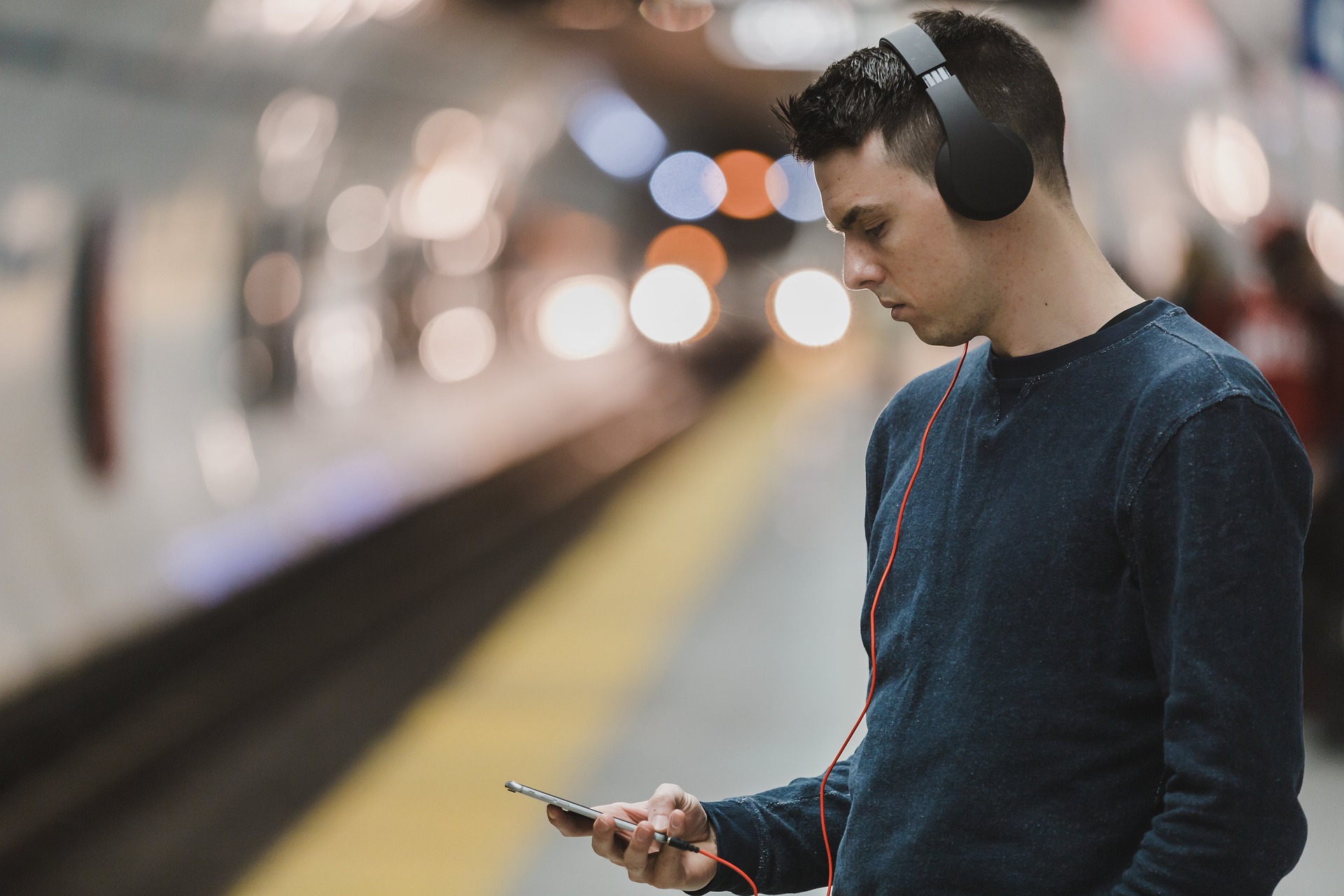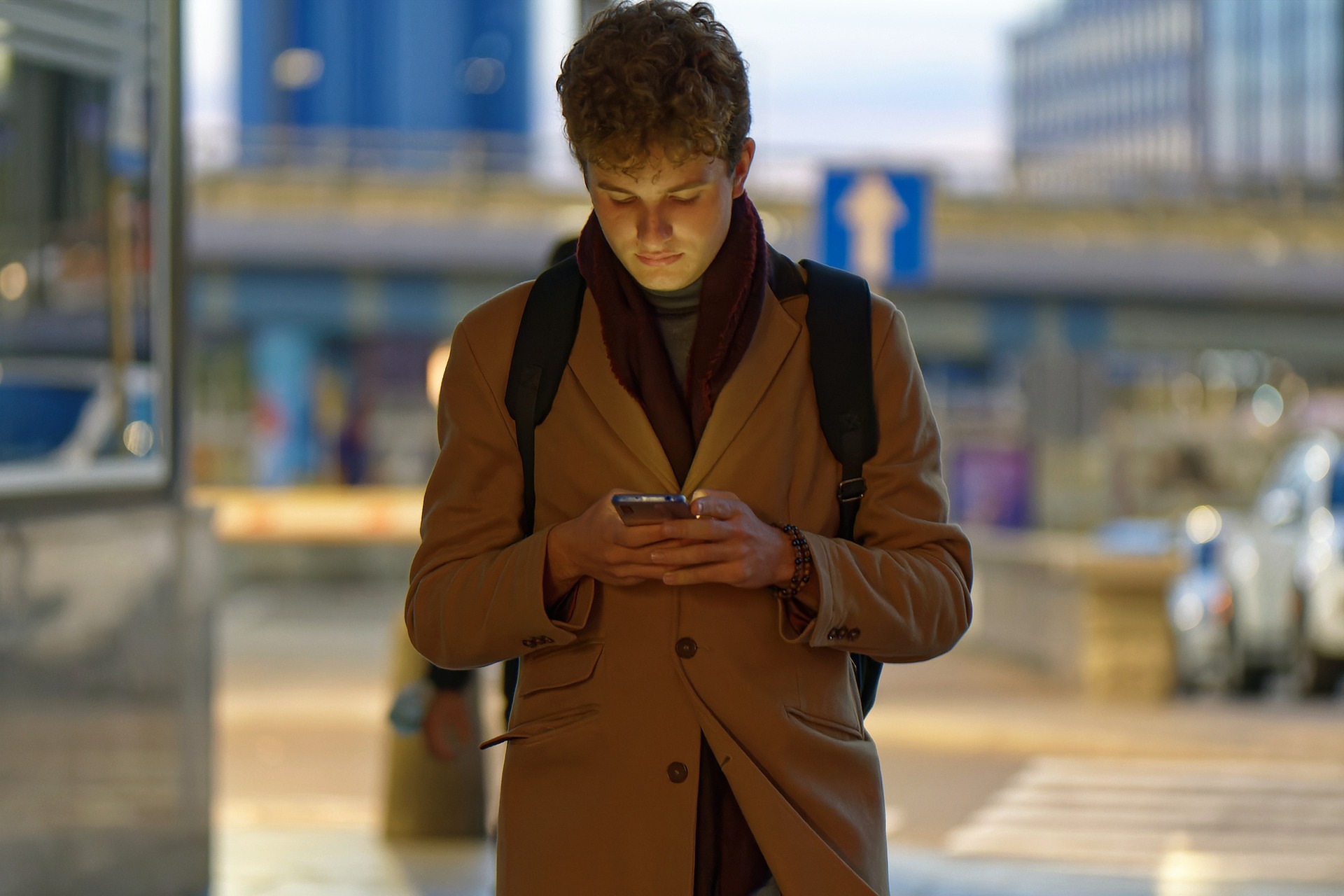Voice authentication, called logging in with your voice, is not as common as we would like. Why is this happening and what challenges await voice biometrics?
1. Data safety.
This is the basic factor that determines whether or not to use a given solution. After all, each of us wants to feel safe and be convinced that by using a given service/solution, we will not lose data and will not fall victim to fraud, in this case based on voice theft. The security guarantee is the most important factor for the development and dissemination of voice biometrics. So what are the benefits of using voice biometrics? There is nothing better than using a multi-factor authentication method. Nearly 80% of Polish people already use it or use biometric data*). Multi-factor authentication is almost 100% secure, combining different, independent authentication methods. It follows that, apart from the password, a second authentication element was born, for example, the biometric means – the voice. Such solutions protect us more strongly against hacker attacks than simple solutions only help with a pin or password. From the point of view of the network of criminals, it is precisely biometric security that many security measures can be circumvented, all thanks to the high performance of biometric systems. You can read more about multi-factor authentication and how the #VoiceToken application works on this method on our blog https://biometriq.pl/en/multi-factor-authentication-voice-strong-protection-against-hackers/
2. User privacy protection
Loss of privacy is one of the biggest fears of people when using voice as an authentication method. Research shows that 1/3 of Polish people are afraid of information leakage (in general)*). The most common questions are where and how the data will be stored, whether it will be properly secured and whether it will not be used unlawfully. Protecting information about ourselves becomes a priority. Please note that by sharing your biometric data, in this case your voice, you must give your consent. without such consent of the voice sample, the so-called voice prints may not be used for this or any other purpose. Otherwise, it may have serious consequences. Recently, lawsuits for violation of the privacy of biometric data have been filed against 2 major companies on the global market: Meta and the Albertsons food chain. In both cases, it is about the collection and storage of voice samples without consent, in the case of discount – employees, and in the case of the owner of Facebook – Instagram subscribers. For the breach of privacy, the two companies agreed to pay damages of $1.1 million and $68.5 million, respectively. These cases clearly show that there is no consent to violate this sphere of life and any such actions will be clearly punished. High penalties for abuses are also intended to serve as a warning and prevent further violations in this area. More about these cases here
https://www.biometricupdate.com/202307/millions-in-biometric-data-privacy-lawsuit-settlements-continue-to-pile-up
3. Trust in technology (social acceptance)
The dissemination of technology is a component of the aforementioned factors such as security or privacy protection, but to a large extent its acceptance and popularity can also be influenced by “customer experience” factors such as ease of use, comfort of use, speed of the entire process. The pace at which we live today makes people value time more and more. The sooner we can get things done, the better. Therefore, forms of remote service are increasingly preferred, without the need to visit banks, offices or shops. “Talking” as a form of authorization or authentication is here to come about faster than we think, meeting all these criteria. Due to the fact that fast innovative technology reaches young users, it is very likely that this group will be the largest recipient of voice technologies in some time. This is confirmed by research*), according to which 70% of people aged 25-35 already use double authentication or use biometric data, while the use of voice authentication methods is effective only in 50% of the population.
4. The prospect of savings vs costs
Cost plays an important role in the implementation of any solution, and if it is too high, it can be an obstacle to implementation. It is no different in the case of voice biometrics. Nevertheless, in financial institutions, it is worth considering this matter in the category of savings resulting from the implementation of biometric systems. Banks will benefit from the lack of the need to issue cards to customers and the reduction of the circulation of paper documents. and no need to purchase and maintain token-type devices or other authentication terminals. The use of the voice form of authentication does not require the installation of additional devices. In addition, institutions can also generate savings related to the maintenance of office premises, because in this case a visit to the office is not required. Reducing office space or moving partially to virtual service can generate significant profits.
*) source: Cyberthreats, What Poles are afraid of, report, June 2022 https://krd.pl/centrum-prasowe/raporty/2022/cyberzagrozenia-czego-boja-sie-polacy









